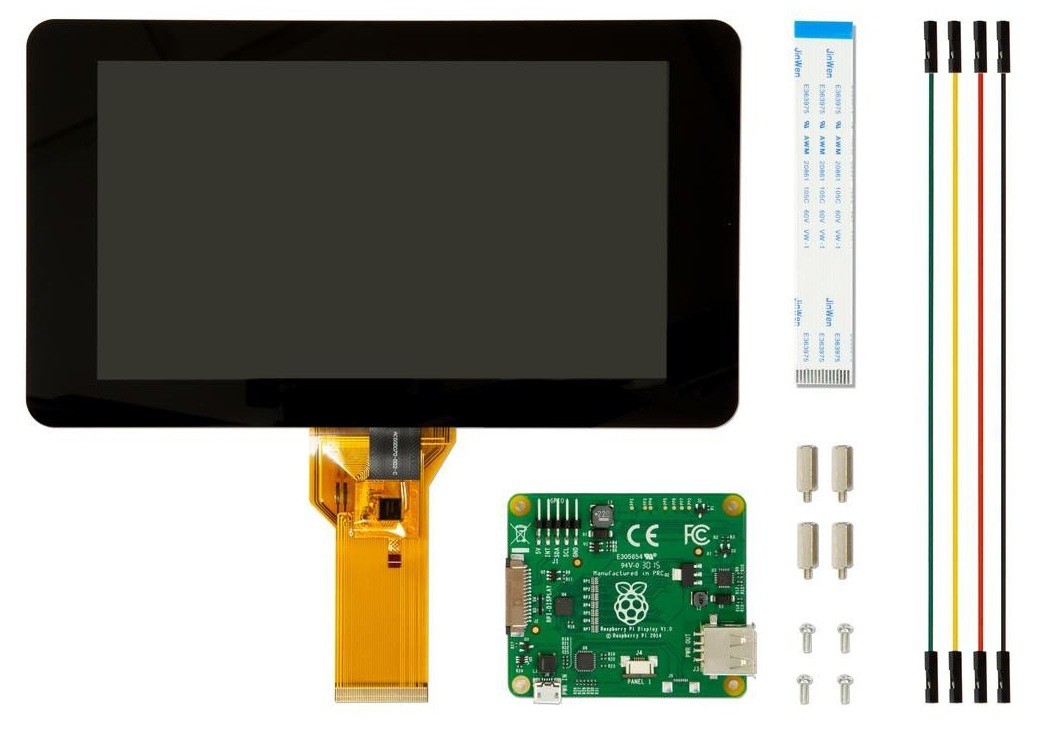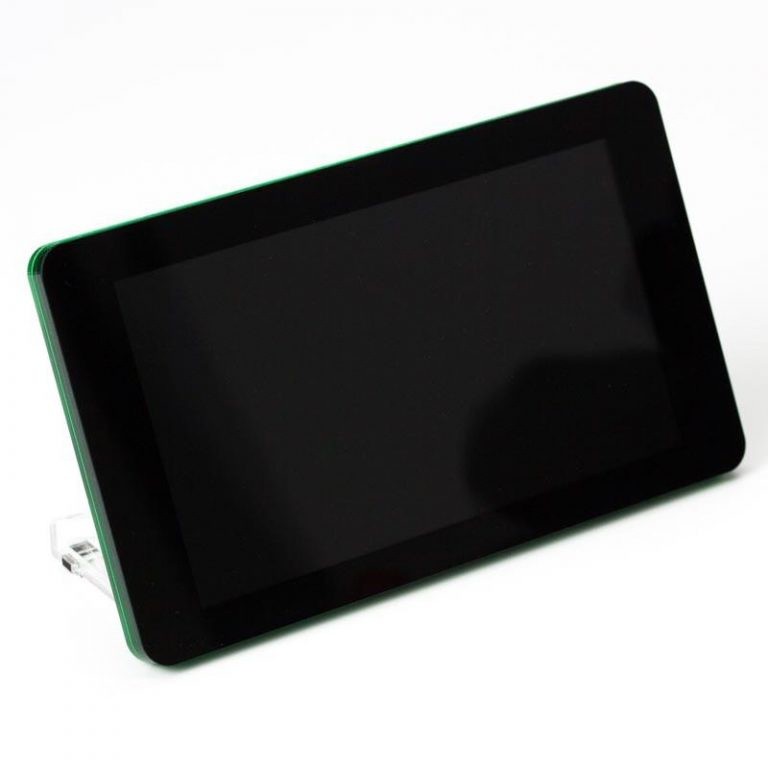Raspberry Pi has become important over the past few years. The Raspberry Pi boards and its accessories come in very handy and a lot of projects and applications can be done using them. One such crucial accessory is the Raspberry Pi display. Without it there would be no screen and it would be really awkward to have a project without any screen in it.
Today I will list out some parameters which will help you to decide the best Touch Display for your Raspberry Pi.

Raspberry Pi Display
Raspberry Pi touchscreen is a display switched on the Raspberry Pi for users to operate the system on the screen by fingers. It contains two types of Raspberry Pi touchscreen. One is the resistive touchscreen, the other is the capacitive touchscreen. The vital difference between them is that the capacitive touchscreen can support multi-point touch while resistive touchscreen cannot. Both of them have a good expression of sensitivity.

The parameters that can be considered while choosing your Raspberry Pi display are:
- Screen Resolution
- Board for use with
- Touch Panel
Screen Resolution
The image on your computer screen is built up from thousands or millions of pixels. The screen creates the image you see by changing the colours of these tiny square elements. The screen resolution tells you how many pixels your screen can display horizontally and vertically. Screens that are different sizes can still have the same screen resolution. If you're comparing two screens of the same size but with different resolutions, the screen with the higher resolution (that's the one with more pixels) will be able to show you more of what you're working on, so you don't have to scroll so much. Because that screen has more pixels, the image will be sharper.
However, the higher resolution also means that elements on the screen - like icons and text - will look smaller. When you're choosing a new computer or display monitor, don't let yourself be guided by screen resolution alone. Brightness and colour representation can vary across screens thus choose the best screen resolution for your project or the particular application you will be using it for.
Board For use with
Choosing the right Touch Display for the right board is very important. The display interface for each Touch displays varies. Some have it through HDMI, USB, Display ribbon cable, etc. Though most of the Raspberry Pi Boards have the basic interfaces like HDMI, USB but it is at the same time important to choose the right Display for the right Board. It should be compatible with the board and the purpose of the use of the Display should be clear.
Touch Panel Type
Resistive touchscreens rely on the pressure of your fingertip – or any other object – to register an input. These touchscreens consist of two flexible layers with a gap of air gap in-between.
Rather than relying on pressure, capacitive touchscreens instead sense conductivity to register input – usually from the skin on your fingertip. Because you don’t need to apply pressure, capacitive touchscreens are more responsive than resistive touchscreens.
Resistive touchscreen advantages include:
- Lower cost to manufacture
- Higher sensor resolution—you can tap small buttons easier with just your fingertips
- Fewer accidental touches
- Can sense any object touching the screen hard enough
- More resistant to the elements like heat and water
Capacitive touchscreen advantages include:
- More durable
- Sharper images with better contrast
- Provide multi-touch sensing
- More reliable—will even work when the screen cracks (until you replace the touchscreen)
- More sensitive to light touch
The choice to use a capacitive or resistive touchscreen depends largely on the application for the device. Also the Size and the display technology depends sorely on the purpose of the Raspberry Pi Display. TFT Display can be used for normal purposes but for high performance display IPS Display is used.
Well I hope that the considerations given above will help you to choose the right Raspberry Pi Display for yourself. See More of Raspberry Pi displays and buy one so that you can quickly work on the application/project you have been working on Raspberry Pi.
 akanzler007
akanzler007
Discussions
Become a Hackaday.io Member
Create an account to leave a comment. Already have an account? Log In.